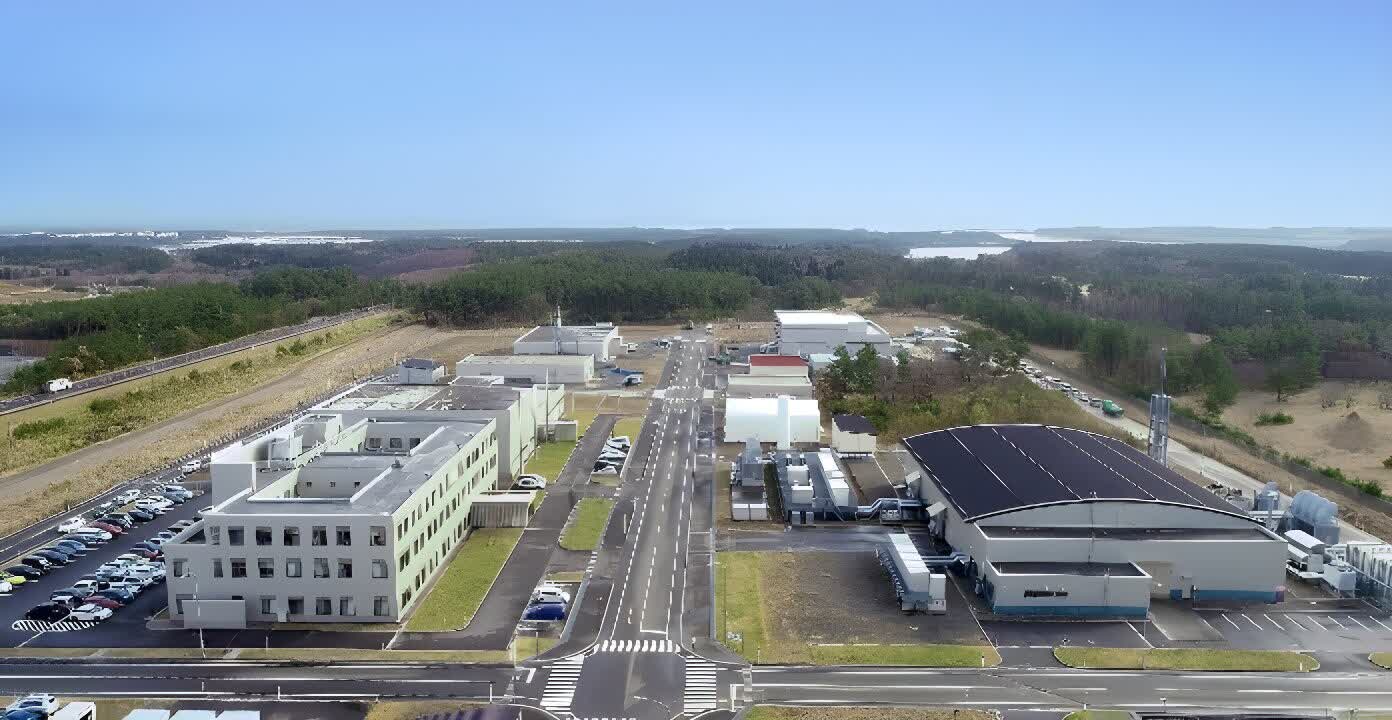What just happened? NEC, the Japanese multinational IT company, has announced that it is building a next-generation supercomputer system for Japan's National Institutes for Quantum Science and Technology (QST). The system will bring together both Intel Xeon processors and AMD Instinct accelerators to create a machine with a total theoretical performance of 40.4 petaflops.
NEC revealed the specifics of the supercomputer, which is set to go into operation in July 2025 at the Rokkasho Institute for Fusion Energy in Aomori, Japan (below).
The system will pack 360 NEC LX 204Bin-3 units powered by 720 Intel Xeon 6900P processors equipped with MRDIMM DDR5 memory, along with 70 NEC LX 401Bax-3GA units featuring a total of 280 AMD Instinct MI300As. The hardware will be cooled by a Giga Computing-designed liquid cooling setup.
The supercomputer has an equally impressive storage system. It will use DDN's ES400NVX2 that combines DDN's Storage Fusion Architecture (SFA) with a Lustre EXAScaler parallel file system. With a capacity of 42.2PB, it offers over 90GB/s of sequential read throughput and 65GB/s of sequential write throughput, along with up to 3 million IOPS.
The system's network environment will use an InfiniBand setup with Nvidia's QM9700 switches. The supercomputer will also use Altair PBS Professional software – a high-performance computing workload manager and job scheduler – and a scheduler optimized for AMD's Instinct MI300A.
NEC says the theoretical 40.4 petaflops of computing power is approximately 2.7 times higher than the combined performance of the two supercomputers installed separately at QST and the National Institute for Fusion Science (NIFS)
The system is expected to be used for various research and development in the field of fusion science research, including precise prediction of experiments and creation of operation scenarios in the ITER project and Satellite Tokamak project, and for the design of DEMO reactors.
"Intel is proud to partner with NEC to power a system at the National Institutes for Quantum Science and Technology and National Institute for Fusion Science. By integrating the Intel Xeon 6900P Series, the first server CPU to support MRDIMMs, and the first in Japan, we're delivering a leap in memory performance and bandwidth, an ideal choice for complex calculations and simulations required in fusion research," said Ogi Brkic, Vice President & General Manager of the Go-To-Market Builders and Technology Acceleration Office in Intel's Sales & Marketing Group.
According to the latest TOP500 Supercomputer list, the NEC system would rank somewhere around 23rd position if it were operational today. The number one machine, Oak Ridge National Laboratory's Frontier, has a theoretical peak performance of 1.68 exaflops.


